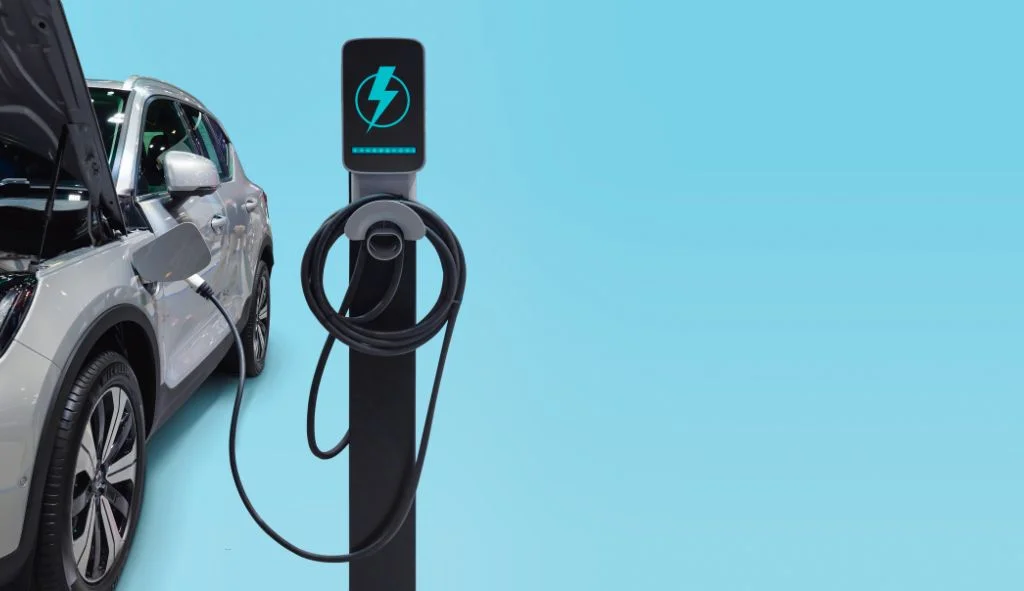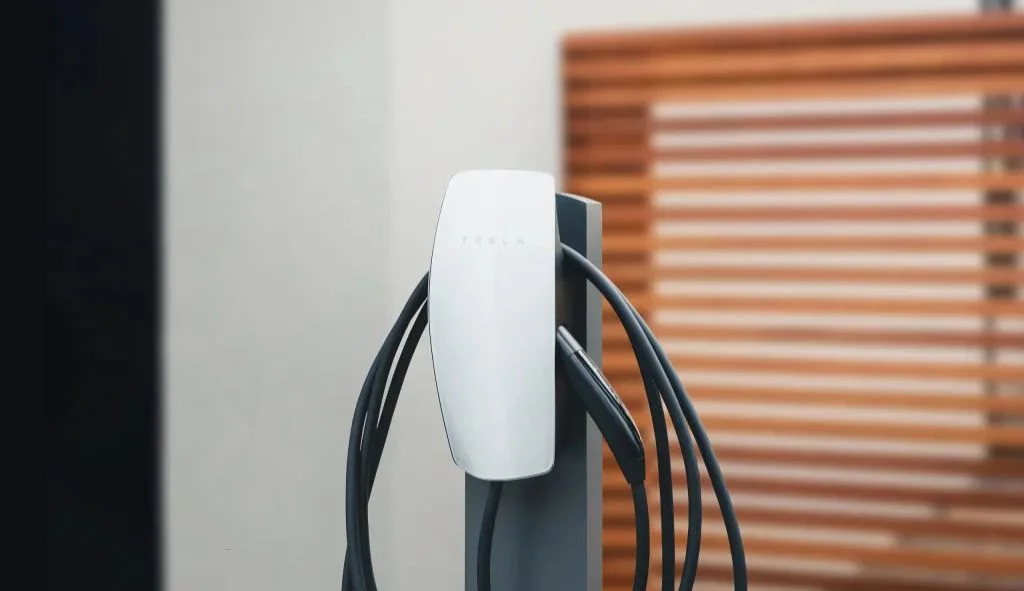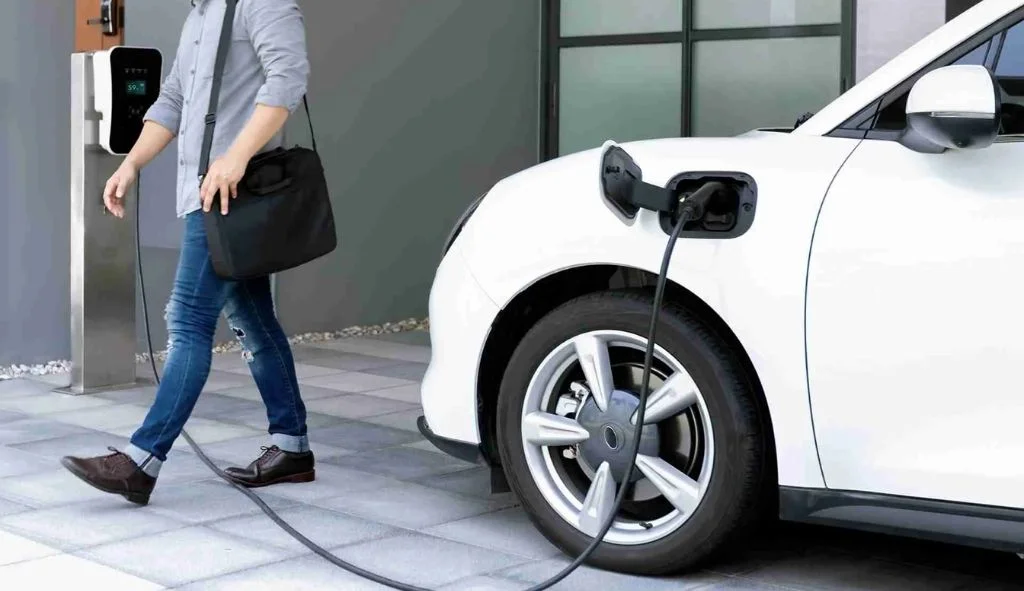Tesla vehicles manufactured after April 2022 do not include mobile charging cables. Tesla sells mobile connectors separately for approximately $200, though J1772 adapters remain included with vehicle delivery.
Tesla made a significant policy change in April 2022 that surprised many potential electric vehicle buyers. The company stopped including mobile charging connectors with new vehicle purchases, marking the end of a long-standing practice. This decision affects how new Tesla owners approach home charging and impacts the overall cost of Tesla ownership.
The mobile connector removal represents Tesla’s shift toward encouraging permanent home charging solutions. Tesla CEO Elon Musk explained that usage statistics showed extremely low utilization rates for mobile connectors, making their inclusion wasteful from a business perspective. Most Tesla owners install dedicated home charging equipment rather than relying on portable charging cables.
This change affects the immediate charging capabilities of new Tesla vehicles. Previously, owners could charge their vehicles immediately upon delivery using standard household outlets. Now, new owners must either purchase mobile connectors separately or rely on Tesla Supercharger networks and third-party charging stations until they install permanent home charging solutions.
Tesla’s Charging Cable Policy Change
Tesla’s decision to remove mobile connectors from standard vehicle deliveries created considerable discussion among electric vehicle enthusiasts and potential buyers. The policy change occurred gradually, with Tesla initially removing Level 2 NEMA 14-50 adapters from mobile connector bundles before eliminating mobile connectors entirely.
The company originally included comprehensive charging solutions with every vehicle. Early Tesla deliveries featured mobile connectors with both Level 1 (120-volt) and Level 2 (240-volt) adapters, allowing owners to charge using standard household outlets or higher-voltage installations. Tesla later reduced the included equipment to only Level 1 adapters before removing mobile connectors completely.
Tesla’s official explanation centered on usage data showing that most owners rarely used mobile connectors after initial vehicle setup. The company found that owners typically installed dedicated wall connectors or relied on Supercharger networks for their charging needs. This data influenced Tesla’s decision to eliminate what the company viewed as unnecessary standard equipment.
Price and Availability Changes
Following customer feedback about the mobile connector removal, Tesla adjusted pricing and availability. The company initially planned to sell mobile connectors for $400 but reduced the price to $200 after customer complaints. Tesla also promised to include additional plug adapters with mobile connector purchases to provide better value.
Supply chain constraints may have influenced Tesla’s decision beyond usage statistics. Removing mobile connectors from standard deliveries potentially freed up components for other vehicle systems or allowed Tesla to manage copper and semiconductor shortages more effectively. The automotive industry faced significant supply chain challenges during this period.
Tesla briefly reversed its policy following customer backlash, announcing that vehicles would include mobile connectors “for the next several weeks.” However, this temporary reversal ended, and Tesla returned to selling mobile connectors separately. The company now maintains this policy across all vehicle models.
What Equipment Comes With Tesla Vehicles
New Tesla vehicles include limited charging-related equipment despite the mobile connector removal. Tesla continues to provide specific adapters and basic charging accessories with every vehicle delivery, though the selection remains minimal compared to previous offerings.
The J1772 charging adapter represents the primary charging equipment included with new Tesla vehicles. This adapter enables Tesla vehicles to use most Level 2 public charging stations, providing compatibility with non-Tesla charging infrastructure. The J1772 adapter supports charging speeds up to 19.2 kilowatts, making it suitable for various public charging scenarios.
Tesla vehicles also include built-in charging systems and onboard computers that manage charging processes. These integrated systems handle communication with charging stations, monitor battery temperatures, and control charging speeds automatically. The vehicles contain all necessary hardware for charging except external cables and adapters.
Standard Vehicle Features
Tesla vehicles feature integrated charge ports located behind motorized doors on the vehicle’s rear quarter panel. These charge ports accommodate Tesla’s proprietary connector design and work with included J1772 adapters for third-party charging stations. The charge port design provides weather protection and automatic opening when users approach with key fobs or smartphones.
Vehicle software includes comprehensive charging management features accessible through the main touchscreen interface. Owners can schedule charging times, set charging limits, monitor charging progress, and locate nearby charging stations using built-in navigation systems. These software features reduce dependence on external charging accessories.
Tesla vehicles support multiple charging protocols and power levels depending on the charging source. The vehicles automatically adjust charging parameters based on available power and battery conditions. This adaptive charging capability works with various charging equipment types without requiring manual configuration.
Tesla Charging Equipment Options
Tesla offers three primary charging solutions for home use: Mobile Connector, Wall Connector, and Universal Wall Connector. Each option serves different charging needs and installation requirements, providing flexibility for various home electrical configurations and vehicle ownership situations.
The Mobile Connector provides portable charging capability for Tesla vehicles using standard electrical outlets. This option appeals to renters, frequent travelers, and owners who cannot install permanent charging equipment. Mobile Connectors include multiple adapter types for different outlet configurations commonly found in residential and commercial settings.
Wall Connectors offer faster charging speeds and Wi-Fi connectivity for enhanced functionality. These units require professional installation but provide optimal charging performance for daily home use. Wall Connectors support over-the-air updates and can manage power distribution when multiple units serve the same electrical circuit.
Mobile Connector Specifications
Current Mobile Connector bundles include 20-foot charging cables with NEMA 5-15 adapters for standard 120-volt household outlets and NEMA 14-50 adapters for 240-volt outlets. The NEMA 5-15 adapter provides charging speeds up to 3 miles of range per hour, while NEMA 14-50 adapters support up to 30 miles of range per hour depending on vehicle model.
Mobile Connectors feature built-in safety systems that monitor electrical conditions and adjust charging parameters automatically. These systems detect ground faults, temperature variations, and power fluctuations to ensure safe charging operations. The connectors will stop charging if unsafe conditions develop during charging sessions.
Tesla sells additional adapters separately for Mobile Connectors, expanding compatibility with various outlet types. Available adapters include NEMA 6-50, NEMA 14-30, NEMA 10-30, NEMA 6-20, NEMA 6-15, and NEMA 5-20 configurations. Each adapter type supports different power levels and charging speeds based on electrical circuit specifications.
Wall Connector Features
Tesla Wall Connectors provide the fastest home charging option for Tesla vehicles, delivering up to 44 miles of range per hour depending on vehicle model and electrical installation. These units require 240-volt electrical circuits and professional installation but offer significant convenience advantages over portable options.
Wall Connectors include Wi-Fi connectivity for remote monitoring and control through Tesla mobile applications. Owners can track charging sessions, receive notifications about charging completion, and adjust charging schedules remotely. The Wi-Fi connection also enables automatic software updates that add new features over time.
Multiple Wall Connectors can share electrical circuits through Tesla’s power-sharing technology. This feature allows households with multiple electric vehicles to optimize charging schedules and manage electrical load automatically. The system prevents circuit overloads while ensuring all vehicles receive adequate charging.

Home Charging Installation Considerations
Installing Tesla charging equipment requires careful consideration of electrical capacity, local building codes, and daily driving patterns. Most homes need electrical upgrades to support optimal Tesla charging speeds, particularly for households with multiple electric vehicles or high daily driving requirements.
Electrical panel capacity represents the primary limitation for Tesla home charging installations. Many homes have electrical panels with insufficient capacity for high-power charging equipment. Upgrading electrical panels can cost between $1,500 and $4,000 depending on local requirements and existing electrical infrastructure.
Tesla recommends consulting certified electricians for charging equipment installation. These professionals can assess electrical capacity, obtain necessary permits, and ensure installations meet local building codes. Tesla maintains a network of certified installers who specialize in electric vehicle charging equipment.
Installation Costs and Requirements
Mobile Connector installations typically cost between $0 and $1,500 depending on outlet availability and electrical modifications needed. Simple installations using existing 240-volt outlets require minimal work, while new circuit installations involve higher costs. NEMA 14-50 outlets represent the most common choice for Mobile Connector installations.
Wall Connector installations generally cost between $750 and $1,500 for standard residential applications. Complex installations requiring electrical panel upgrades, long wire runs, or specialized mounting solutions can exceed these estimates significantly. Installation costs vary considerably based on local electrical codes and existing home electrical systems.
Tesla provides installation cost estimates through its website and certified installer network. Potential buyers can request quotes before purchasing charging equipment to understand total project costs. Some utility companies offer rebates or incentives for electric vehicle charging equipment installations.
Electrical Requirements
Tesla charging equipment requires dedicated electrical circuits sized appropriately for the selected charging speeds. Mobile Connectors work with various circuit sizes from 15-amp household outlets to 50-amp high-power circuits. Wall Connectors typically require 60-amp or 100-amp circuits for maximum charging performance.
Circuit protection and grounding requirements follow local electrical codes and National Electrical Code standards. Tesla charging equipment includes built-in ground fault protection, but installations must include appropriate circuit breakers and grounding systems. Professional electricians ensure installations meet all safety requirements.
Electrical meter capacity may limit charging equipment options in some locations. Homes with small electrical services may require utility upgrades before installing high-power charging equipment. Tesla recommends contacting utility companies early in the planning process to identify potential service upgrade requirements.
Charging Speed Comparisons and Performance
Tesla charging speeds vary significantly based on equipment type, electrical supply, and vehicle model. Understanding these differences helps owners select appropriate charging solutions for their driving patterns and home electrical capabilities.
Level 1 charging using standard 120-volt outlets provides the slowest charging option but requires no special electrical installation. Mobile Connectors with NEMA 5-15 adapters deliver between 4 and 6 miles of range per hour depending on vehicle model. This charging speed suits drivers with short daily commutes and overnight parking access.
Level 2 charging using 240-volt outlets or Wall Connectors provides substantially faster charging suitable for most daily driving needs. Mobile Connectors with NEMA 14-50 adapters deliver between 23 and 30 miles of range per hour, while Wall Connectors can provide up to 44 miles of range per hour depending on electrical installation and vehicle capabilities.
Vehicle Model Differences
Tesla Model 3 vehicles achieve different charging speeds compared to Model S, Model X, and Model Y variants. Model 3 Standard Range vehicles typically charge slower than Long Range versions due to different onboard charging hardware. Model S and Model X vehicles generally support higher charging speeds than Model 3 and Model Y vehicles.
Charging speeds also depend on battery temperature, charge level, and electrical supply quality. Cold batteries charge more slowly until they reach optimal temperatures, while batteries approaching full capacity automatically reduce charging speeds to protect battery longevity. Tesla vehicles manage these variables automatically without user intervention.
Supercharger networks provide the fastest charging option for Tesla vehicles, delivering up to 250 kilowatts for compatible vehicles. However, home charging typically uses much lower power levels due to residential electrical limitations. Most Tesla owners rely on home charging for daily needs and use Superchargers for long-distance travel.
Real-World Charging Performance
Actual charging performance often differs from theoretical maximums due to various factors including electrical supply quality, ambient temperature, and battery conditions. Tesla vehicles display real-time charging information on vehicle touchscreens, helping owners understand actual charging performance.
Electrical supply voltage fluctuations can reduce charging speeds below rated maximums. Many residential electrical systems experience voltage drops during peak usage periods, affecting charging performance. Tesla charging equipment automatically adjusts to available electrical capacity while maintaining safe operating conditions.
Battery degradation over time can gradually reduce charging speeds and overall range. Tesla vehicles monitor battery health continuously and adjust charging parameters to optimize battery longevity. Owners typically notice minimal performance changes during normal vehicle operation periods.


